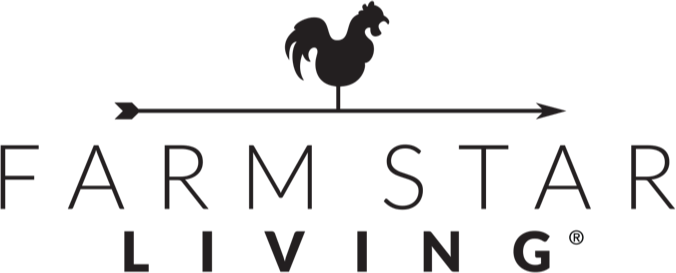
Health Benefits:
Anti aging
Anti fungal
Anti inflammatory
Combats fatigue
Helps cure dysentary
Helps increase menstrual flow
Improves hair skin and nails
May reduce cholesterol
Prevents sinusitis
Relieves PMS
Nutrition:
Serving size: 1/2 cup cooked; Calories: 111; Fat: 1.7g; Cholesterol: 0mg; Sodium: 6.5mg; Carbs: 19g; Fiber 2.6g; Sugars: .8g; Protein: 4g; Potassium: 4.5%DV; Vitamin A: 0%DV; Vitamin C: 0%DV; Calcium: 1.5%DV; Iron: 8%DV
Did You Know?
- Quinoa isn't actually a grain at all. We cook and eat quinoa like many other grains, but, botanically speaking, it's a relative of spinach, beets, and chard.
- You should probably rinse your quinoa. Those dried seeds are coated with a compound (Saponin) that would taste bitter if you didn't wash it off first.
- When cooking quinoa it releases curly "tail" coming from the seed. That's actually the germ of the seed which separates slightly when your quinoa is ready.
- Prounounced "keen-wah"
- Quinoa has a crunchy texture and nutty flavor and gluten free
Ways to Eat:
- Boiled
- Substitued for rice, pasta or any other grain
- As a hot cereal
Farming Trivia:
- Andean peoples in Ecuador, Peru, Colombia and Bolivia first cultivated quinoa some 7,000 years ago
- Twenty years ago, NASA researchers declared quinoa the perfect inflight snack for astronauts on long-term missions because it is mineral-rich, gluten-free and contains all essential amino acids
- There are over 120 different identified varieties of quinoa, but the most commonly cultivated and exported are white, red and black
Note: Always consult a physician for any specific health questions and concerns. Some of this information may be subject to change should there be any new findings from Federal Health Administration (FHA), Food & Drug Administration (FDA), American Medical Association (AMA), American Cancer Society (ACS), and / or other leading food, nutrition and medical advisors.

